In a similar manner to archeological sites on the World Heritage List, sites that have been inscribed for their value to the study of ancient life can be somewhat hit-or-miss in terms of their worthiness to visit as a tourist, especially if time is limited. This was demonstrated again for me by two visits I made to sites of that type of while I was in eastern Canada. That country is notable for its collection of exceptional places to study and collect fossils from the earliest eras of life on Earth, three of which have been included on the List on that basis alone, with another currently being evaluated for inclusion. The sites I saw, while undoubtedly important for research and scholarship, gave me mixed results.
The first of those was Miguasha National Park, a very small park located in southern Quebec of the north shore of the Bay of Escuminac. The cliffs on the beach there have yielded many examples of fossils from the Upper Devonian epoch, known as the Age of Fish
. Unfortunately, I arrived on a Saturday at the end of May, and during the spring the visitor center and museum are only open on weekdays. One week later, and I would have been fine. There were a few large monoliths on display outside that contained fossils, but Devonian fossils apparently require a certain level of expertise in order to comprehend the organisms contained within, a skill that I certainly lack. The beach, where all the fossils have been found, was open for exploration, but little of interest was readily apparent to an untrained eye. In all, because of that scheduling mishap, this was one of my more underwhelming WHS visits.
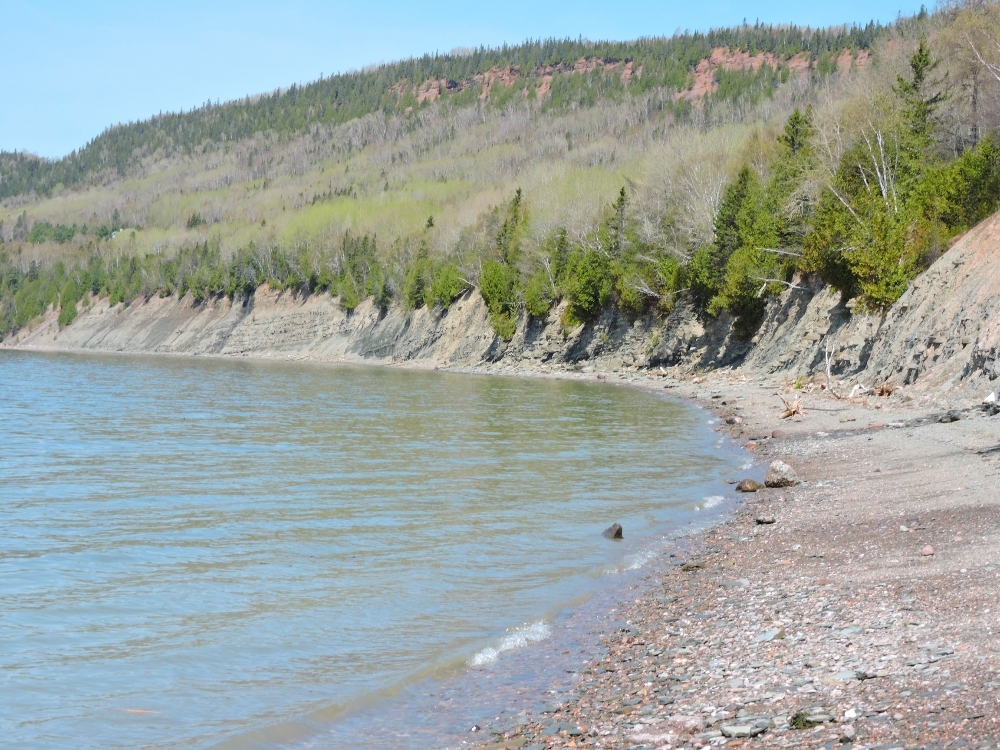
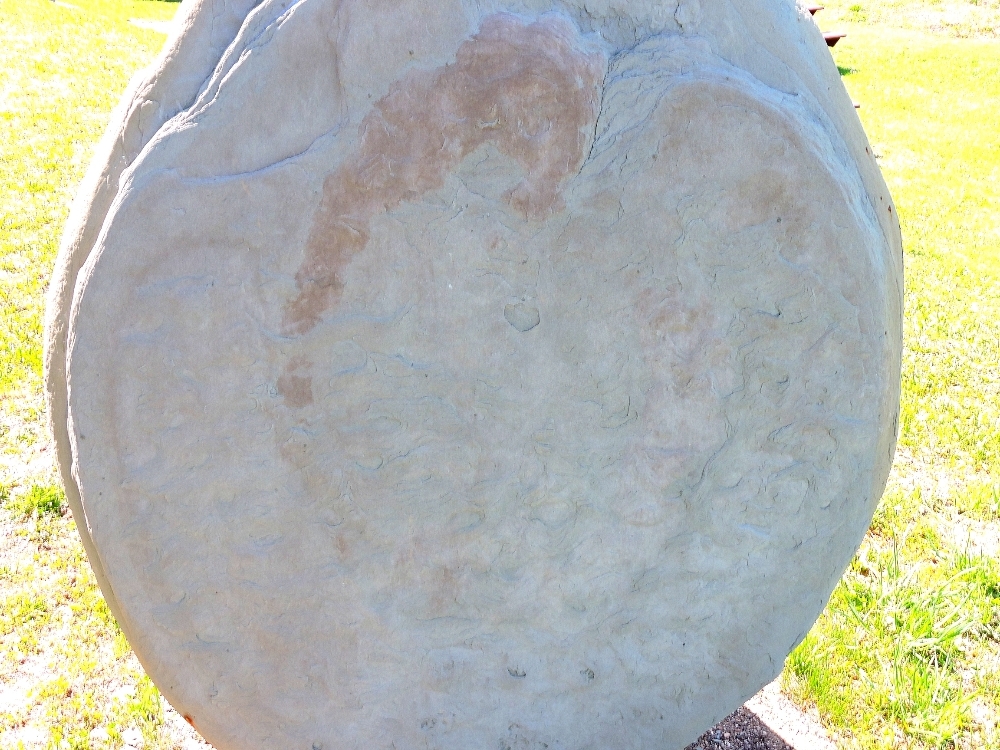
The second site I visited, Joggins Fossil Cliffs, on the south shore of the Bay of Fundy in Nova Scotia, was a little more worthwhile for me. Similar to Miguasha, the fossils at Joggins have all been found within shoreline cliffs that continually sluff off numerous pieces of slate. However, at Joggins, the epoch represented is the Carboniferous Era, when early forms of plants dominated the land surface, and most of the Earth’s coal beds were in the process of being formed. Consequently, most of the best fossils are of tree-sized plants and are often associated with a coal seam. Many were found still in their upright positions, and some contained fossils-within-fossils, small insects or other creatures which had bored into the plant and became fossilized together with their host. It was fun to try to imagine a world dominated by plants such as the ones found at Joggins, many of which apparently had a definite Dr. Seuss-type appearance.
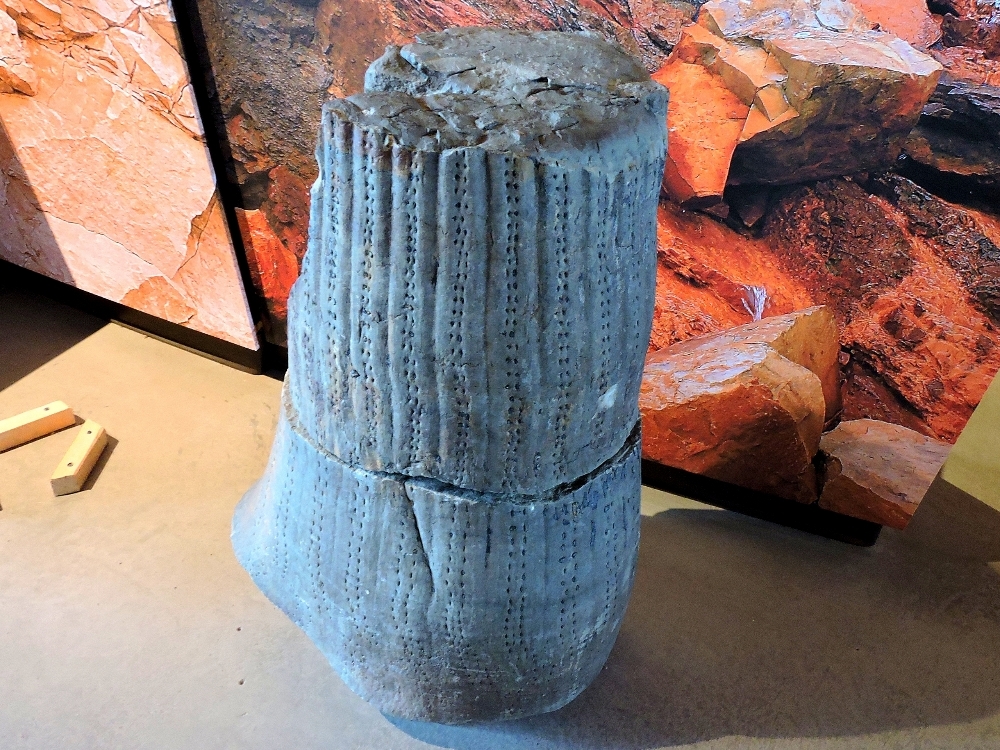
The beach there was also available for walks, with the possibility of taking a guided tour, however, the Bay of Fundy is famous for its extremes of high and low tides, and when I arrived high tide had passed only ninety minutes before, so I was not able to go very far along the beach. Nevertheless, in the short time I was there, I was able to locate three fairly simple fossils. One looked like it might have been a Calamite, a giant relative of a modern horsetail plant.
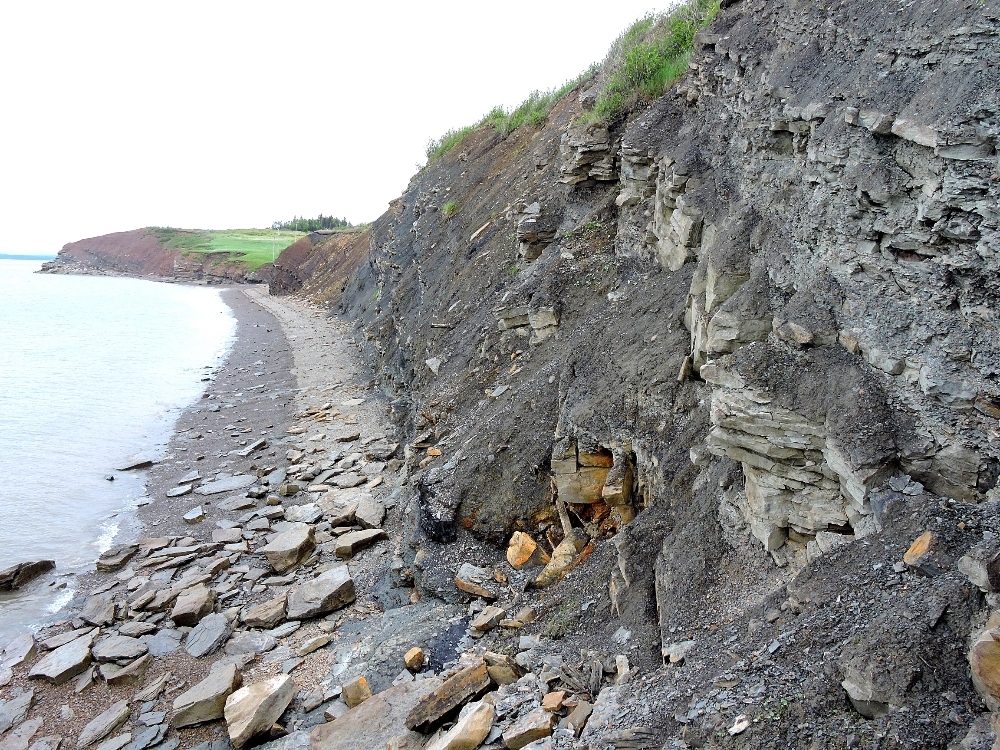
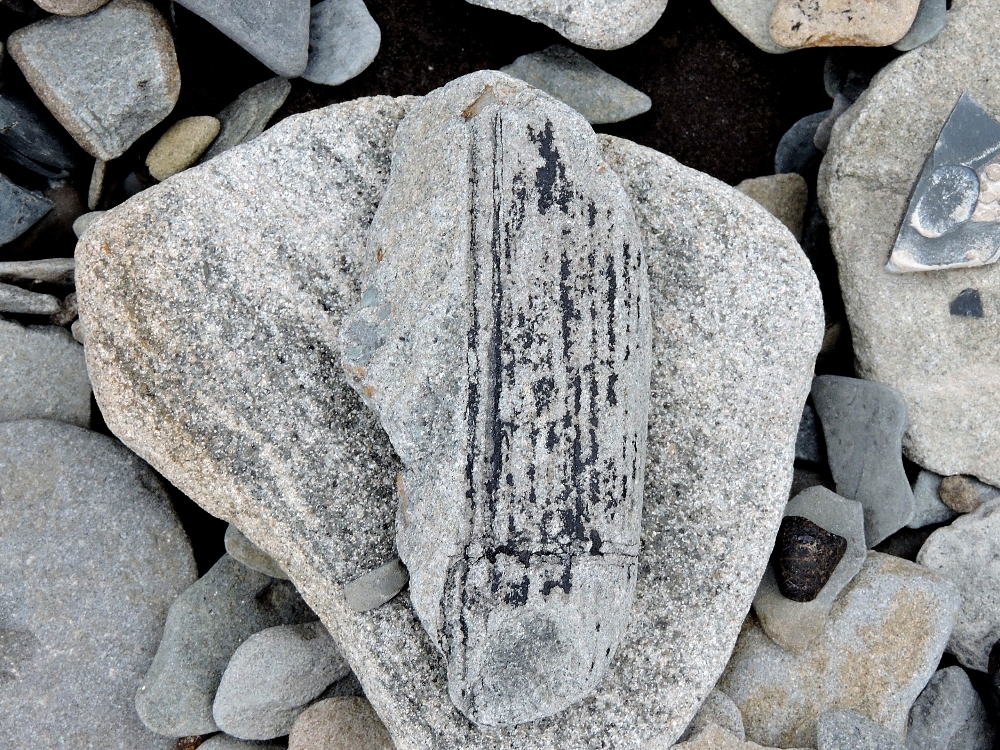
A short visit can often not provide a deep understanding of the value to science provided by these unique troves of preserved lifeforms. On a Tour like mine, however, a short visit is all that can usually be accommodated, so I will have to make do with the basic level I was able to experience.